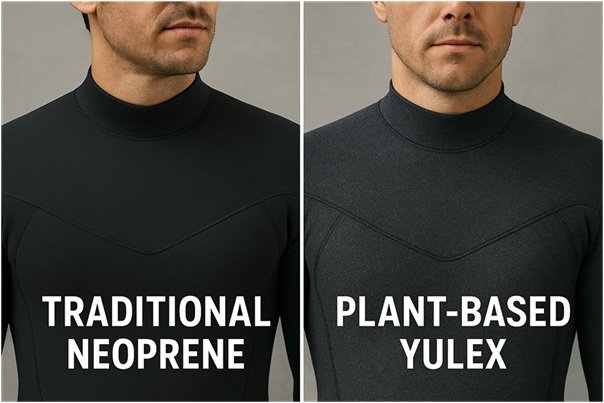Reliable electricity supply is something we often take for granted, but the infrastructure that makes it possible faces constant challenges from nature. Overhead conductors, the wires strung across long distances on towers and poles, are directly exposed to weather. Rain, snow, wind, and heat all play a role in shaping how well these conductors perform. For power utilities and even overhead conductor manufacturers, understanding weather impacts is key to designing systems that remain safe and efficient under changing conditions.
The Role of Overhead Conductors
Overhead conductors are the lifelines of power transmission. They carry high-voltage electricity across regions, linking power plants with substations and, eventually, homes and businesses. Because they are suspended in the open, they cannot be shielded from environmental factors. Their design must account for everything from daily temperature swings to extreme storms.
Temperature and Heat Effects
Expansion and Sag
When temperatures rise, conductors expand. This expansion causes them to sag between towers. While some sag is expected, excessive sag can lower clearance from the ground or nearby structures, creating safety hazards. Engineers calculate allowable sag to ensure conductors remain within safe limits even during summer peaks.
Resistance and Efficiency
Heat also affects the electrical resistance of conductors. As metals like aluminum or copper warm up, their resistance increases. This means more energy is lost as heat, reducing efficiency. On hot days, utilities may face both higher demand (from air conditioning use) and lower transmission efficiency.
Cold Weather and Ice Loading
Ice Build-Up
In winter, freezing rain and snow can coat conductors with heavy layers of ice. This additional weight increases mechanical stress on the wires and the supporting towers. In severe cases, ice loading has caused conductors to snap or towers to collapse.
Brittleness in Materials
Low temperatures can also affect the flexibility of metals. While modern conductors are designed to withstand cold, older lines may become more brittle, increasing the risk of breakage during sudden temperature drops.
Wind and Storm Impacts
Galloping Conductors
Strong winds can cause conductors to oscillate, a phenomenon known as “galloping.” This can lead to wires clashing with each other, creating sparks or outages. Engineers use dampers and aerodynamic conductor designs to minimize this effect.
Storm Damage
High winds, combined with ice or rain, can bring down trees onto power lines. Severe storms, including hurricanes and cyclones, are among the leading causes of widespread outages. Utilities must often design for regional risks, reinforcing conductors and towers in storm-prone areas.
Rain, Humidity, and Lightning
Corrosion Risks
Moisture from rain and humidity accelerates corrosion, particularly at joints and connectors. Corrosion weakens the conductor’s mechanical strength and increases electrical losses. Protective coatings and regular maintenance help extend conductor life in humid climates.
Lightning Strikes
Since conductors are elevated and metallic, they are prime targets for lightning. A direct strike can damage equipment or cause outages. That’s why transmission lines are often paired with shield wires and grounding systems to redirect lightning safely.
Climate Change and Future Challenges
Climate change is intensifying extreme weather events—longer heatwaves, stronger storms, and unpredictable ice events. This poses new challenges for power transmission systems. Conductors may need to be designed with higher resilience, using advanced alloys, composite materials, or improved coatings. Smart monitoring systems are also becoming more common, helping utilities detect and respond to weather impacts in real time.
Building Weather-Resilient Transmission Systems
To ensure reliable electricity in all conditions, power companies and manufacturers are investing in new technologies. High-temperature low-sag (HTLS) conductors, for example, can carry more electricity without overheating or sagging excessively. Composite core conductors resist ice buildup better than traditional steel-core lines. Meanwhile, advanced modeling helps predict weather effects on specific regions, guiding maintenance and upgrades.
Keeping the Lights On
Overhead conductors may seem like simple wires strung across the sky, but their interaction with weather is complex and critical. From sagging in summer heat to ice build-up in winter storms, every climate factor leaves its mark on performance. Utilities, engineers, and manufacturers must constantly adapt, ensuring that transmission systems remain strong and reliable—even as the weather becomes more unpredictable.




